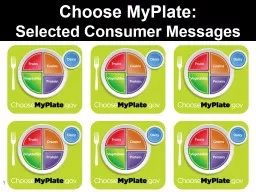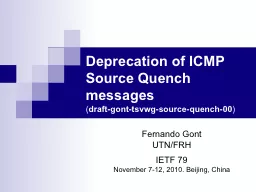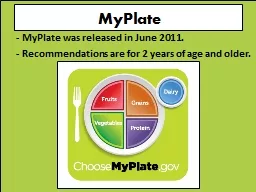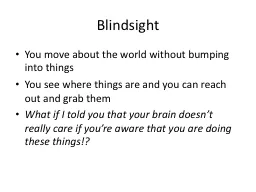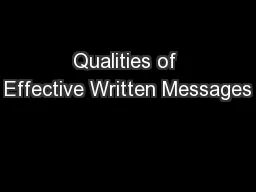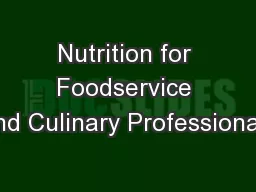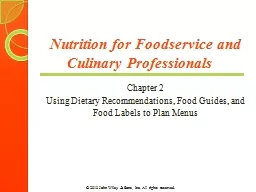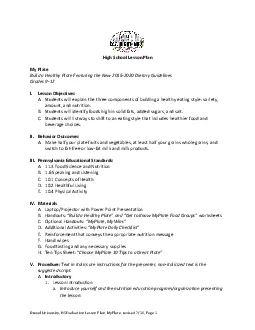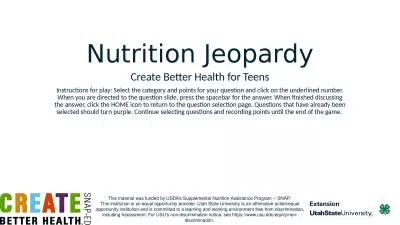PPT-1 Choose MyPlate: Selected Consumer Messages
Author : contera | Published Date : 2020-06-30
2 Alice Henneman MS RD ahenneman1unledu httpfoodunledu University of NebraskaLincoln Extension in Lancaster County Save Time Do More with our FREE educational
Presentation Embed Code
Download Presentation
Download Presentation The PPT/PDF document "1 Choose MyPlate: Selected Consumer Mess..." is the property of its rightful owner. Permission is granted to download and print the materials on this website for personal, non-commercial use only, and to display it on your personal computer provided you do not modify the materials and that you retain all copyright notices contained in the materials. By downloading content from our website, you accept the terms of this agreement.
1 Choose MyPlate: Selected Consumer Messages: Transcript
2 Alice Henneman MS RD ahenneman1unledu httpfoodunledu University of NebraskaLincoln Extension in Lancaster County Save Time Do More with our FREE educational resources. Choose Choose Choose Choose Choose Choose Choose Home Cell WokAddress*___________________________________ Other phone_________________________ Home Cell WokCity/state/zip*_______________________ simple, factual. , . and provocative.. Identify the values that sit at the core of the change you are seeking and zero in on them as crisply and succinctly as possible. .. Give careful consideration to the visual design of your messages and the pictures you use to tell your story.. (. draft-gont-tsvwg-source-quench-00. ). Fernando Gont. UTN/FRH. IETF 79. November 7-12, 2010. Beijing, China. Summary . ICMP Source Quench generation by routers already deprecated by RFC 1812. Security implications discussed in RFC 5927 (ICMP attacks against TCP). Dijkstra-Scholton. and . Shavit-Francez. Termination Detection Algorithms . Kovan A. Mohammed Ali. Advanced Operating System Fall 2013. Kent State University. Abstract Of Presentation. The . Dijkstra-. - MyPlate was released in June 2011.. - Recommendations are for 2 years of age and older. . Key Lifestyle Messages. Build a healthy plate. Cut back on foods high in solid fats, added sugars, and salt. . Overview. This session will cover how to: . Develop key messages. Tailor messaging for every situation. Test messages with targeted audiences. Deliver your messages. . What are Key Messages?. Jasmine Lewis. 03/30/14. Second Option 1. st. draft. Effects of Subliminal . M. essages. Companies advertise . to inform consumers about the companies' products or services and . also persuade . consumers to purchase the companies' products. You move about the world without bumping into things. You see where things are and you can reach out and grab them. What if I told you that your brain doesn’t really care if you’re aware that you are doing these things!?. Qualities of Effective Written Messages. Clarity. Tone. Economy. C. ourtesy . Clarity. Before you begin writing, decide exactly what you want your reader to do.. Decide what your purpose is; then state it directly in the first or second sentence.. . Chapter 2. Using Dietary Recommendations, Food Guides, and Food Labels to Plan Menus. Learning Objectives. Distinguish between dietary recommendations and food guides and give an example of a food guide.. . Chapter 2. Using Dietary Recommendations, Food Guides, and Food Labels to Plan Menus. Learning Objectives. Distinguish between dietary recommendations and food guides and give an example of a food guide.. Just Imagine…. You just bought a brand new iPad from Best Buy yesterday.. . When you got home, however, you tried it out only to find that you could not hear a sound!. What do you do?. 7 Consumer Rights. x0000x0000Drexel University HS EvaluationLesson Plan MyPlate revised 7 Page Briefly introduce lesson topic DevelopmentalSlide 1Build a Healthy Plate Featuring MyPlate and the new 20152020 Dietary Guid Instructions for play: Select the category and points for your question and click on the underlined number. When you are directed to the question slide, press the spacebar for the answer. When finished discussing the answer, click the HOME icon to return to the question selection page. Questions that have already been selected should turn purple. Continue selecting questions and recording points until the end of the game. .
Download Document
Here is the link to download the presentation.
"1 Choose MyPlate: Selected Consumer Messages"The content belongs to its owner. You may download and print it for personal use, without modification, and keep all copyright notices. By downloading, you agree to these terms.
Related Documents

